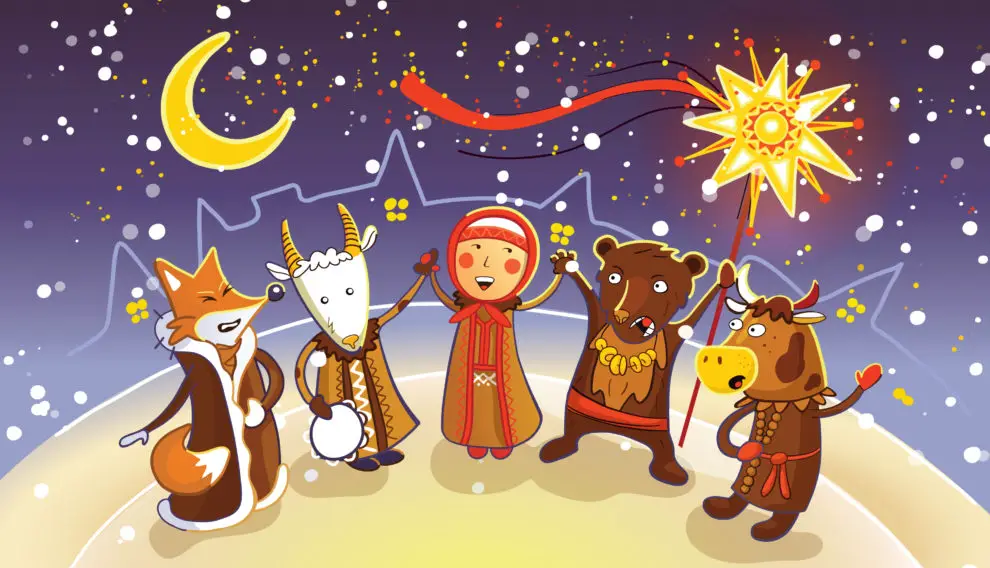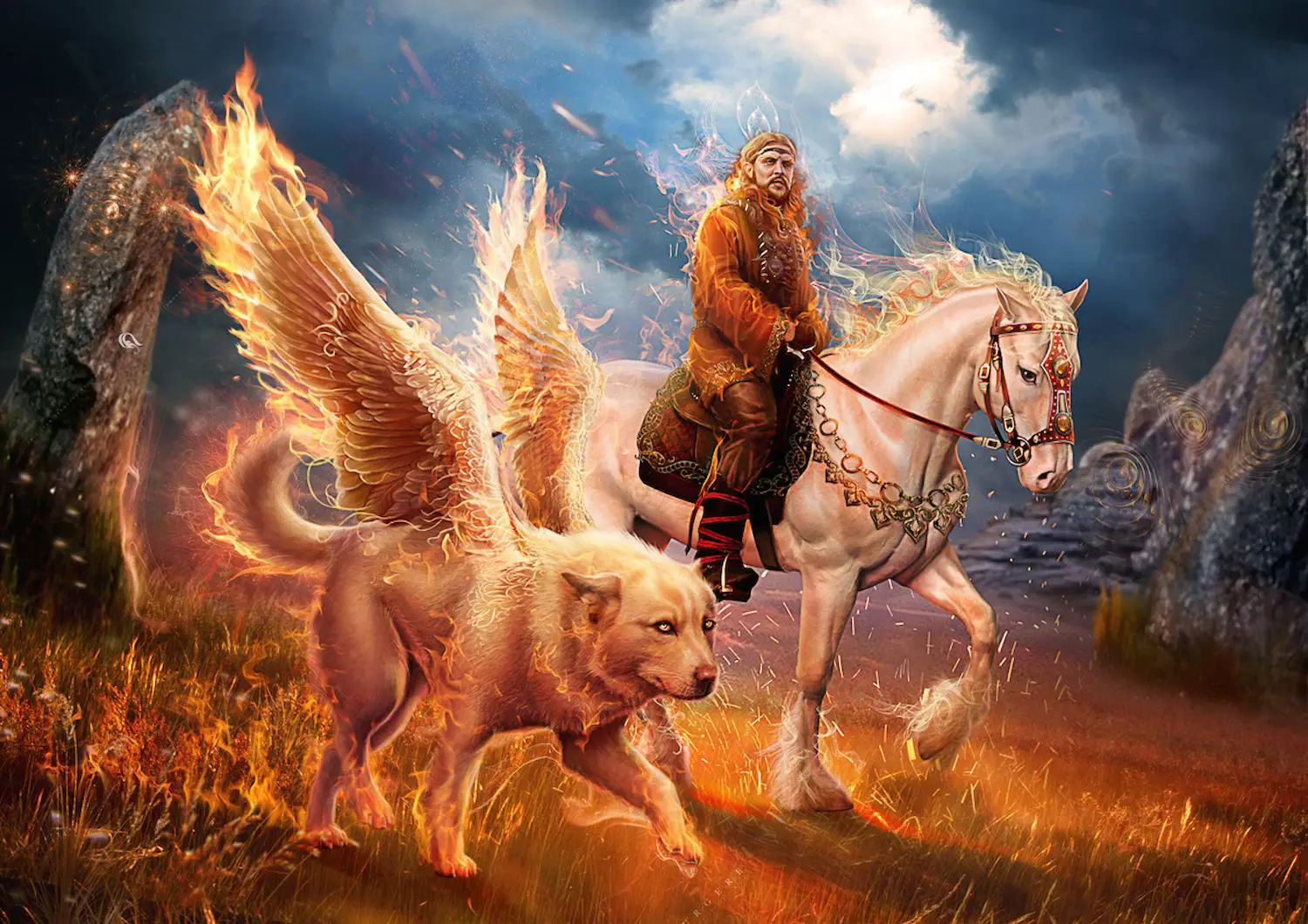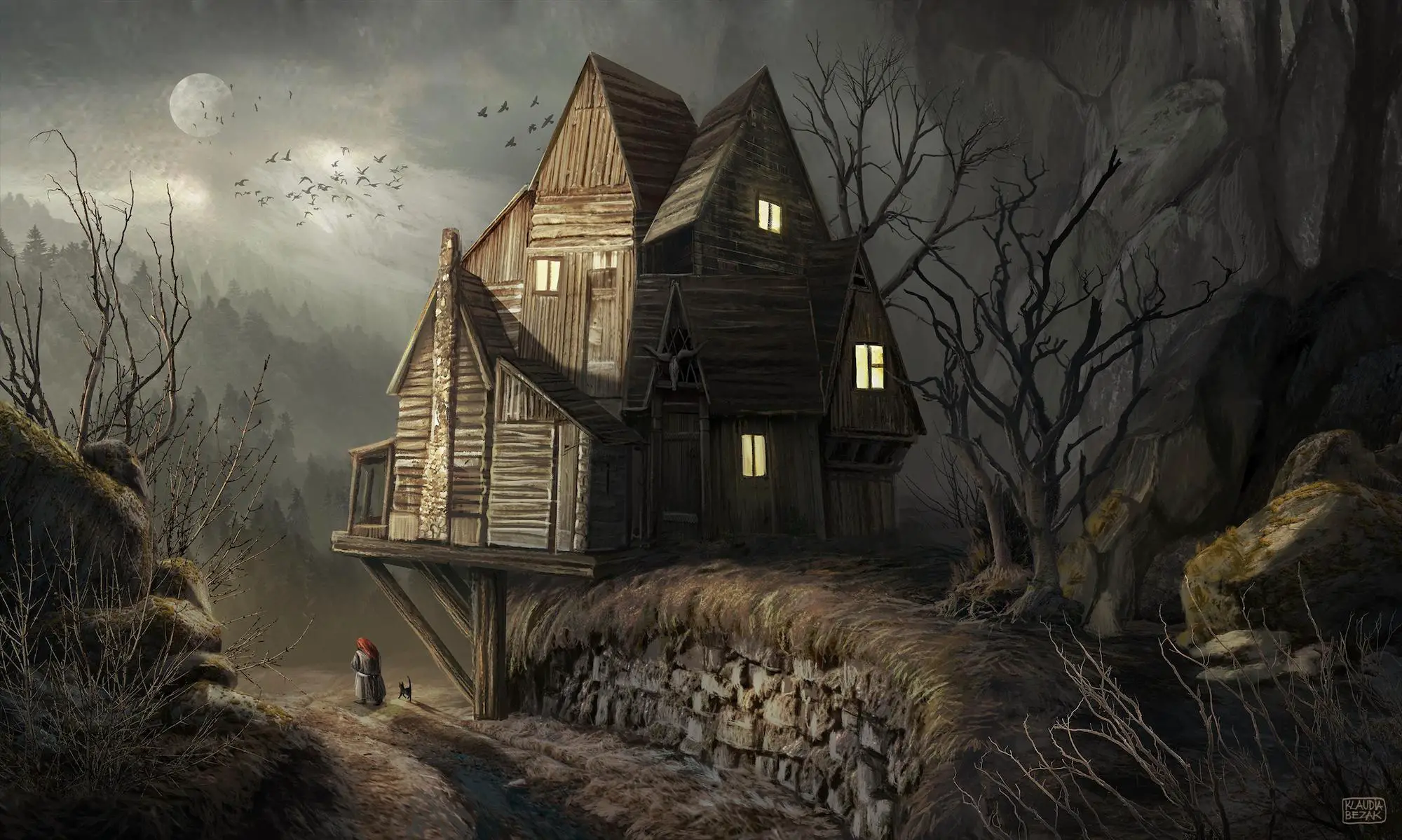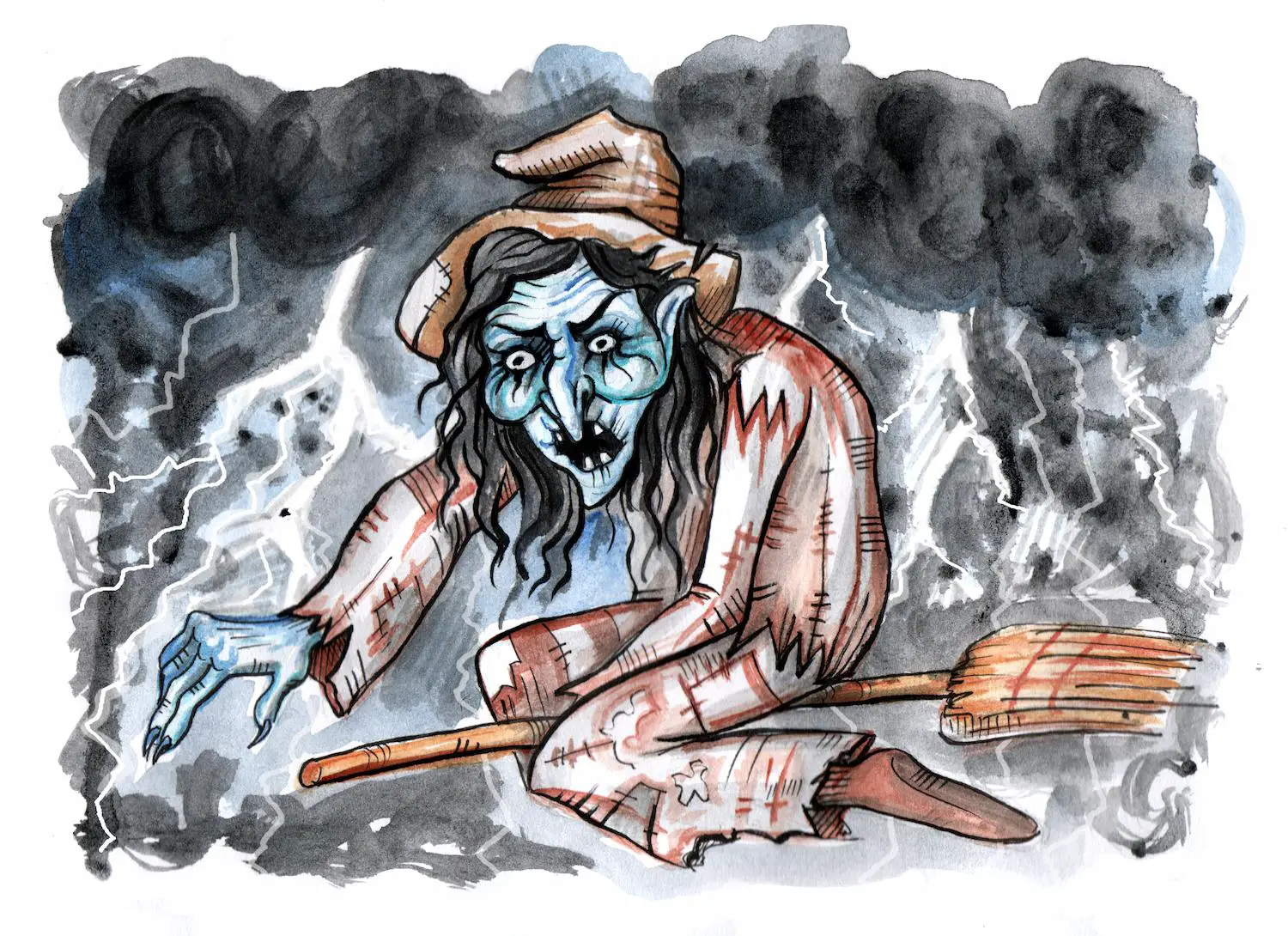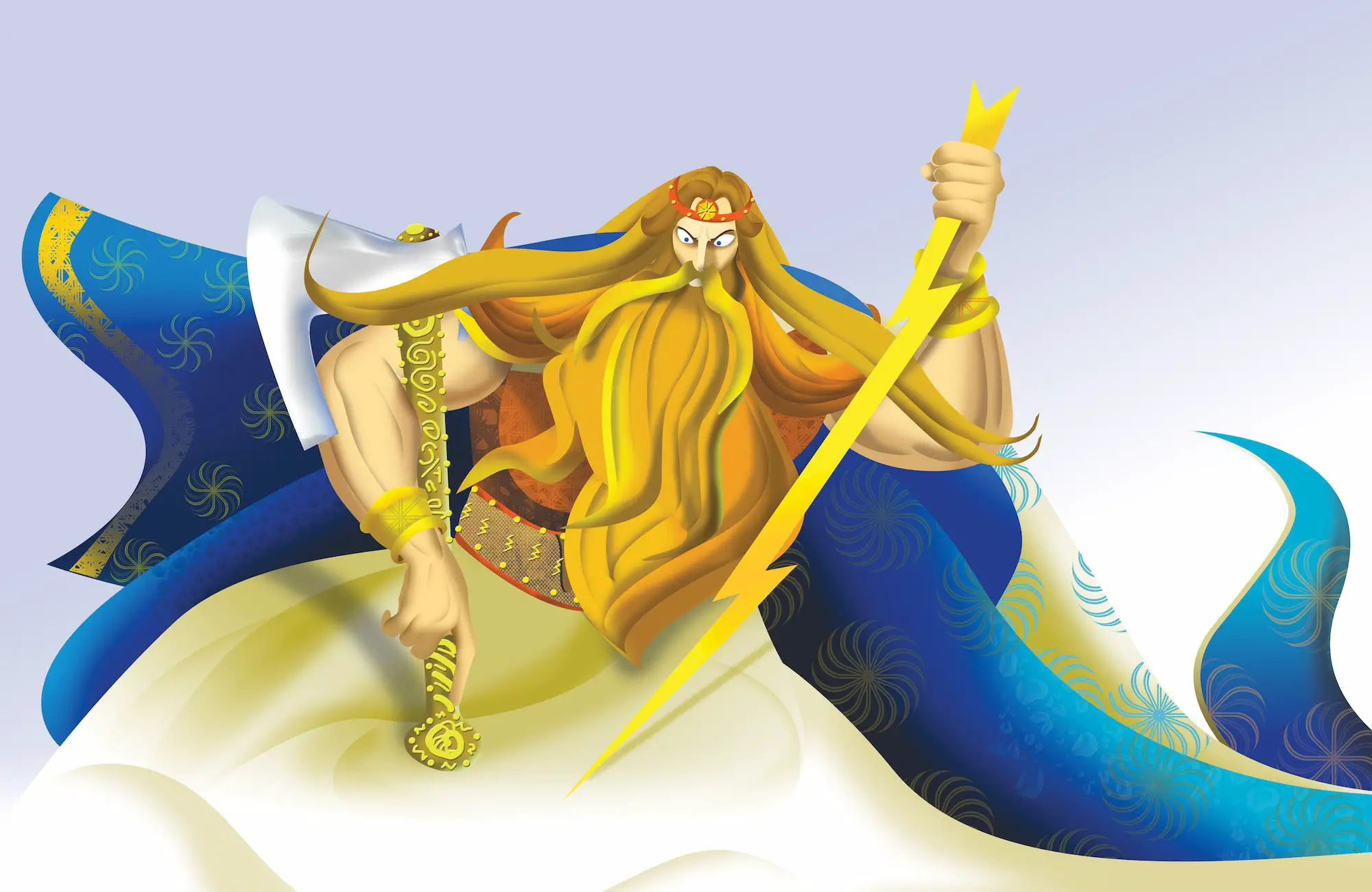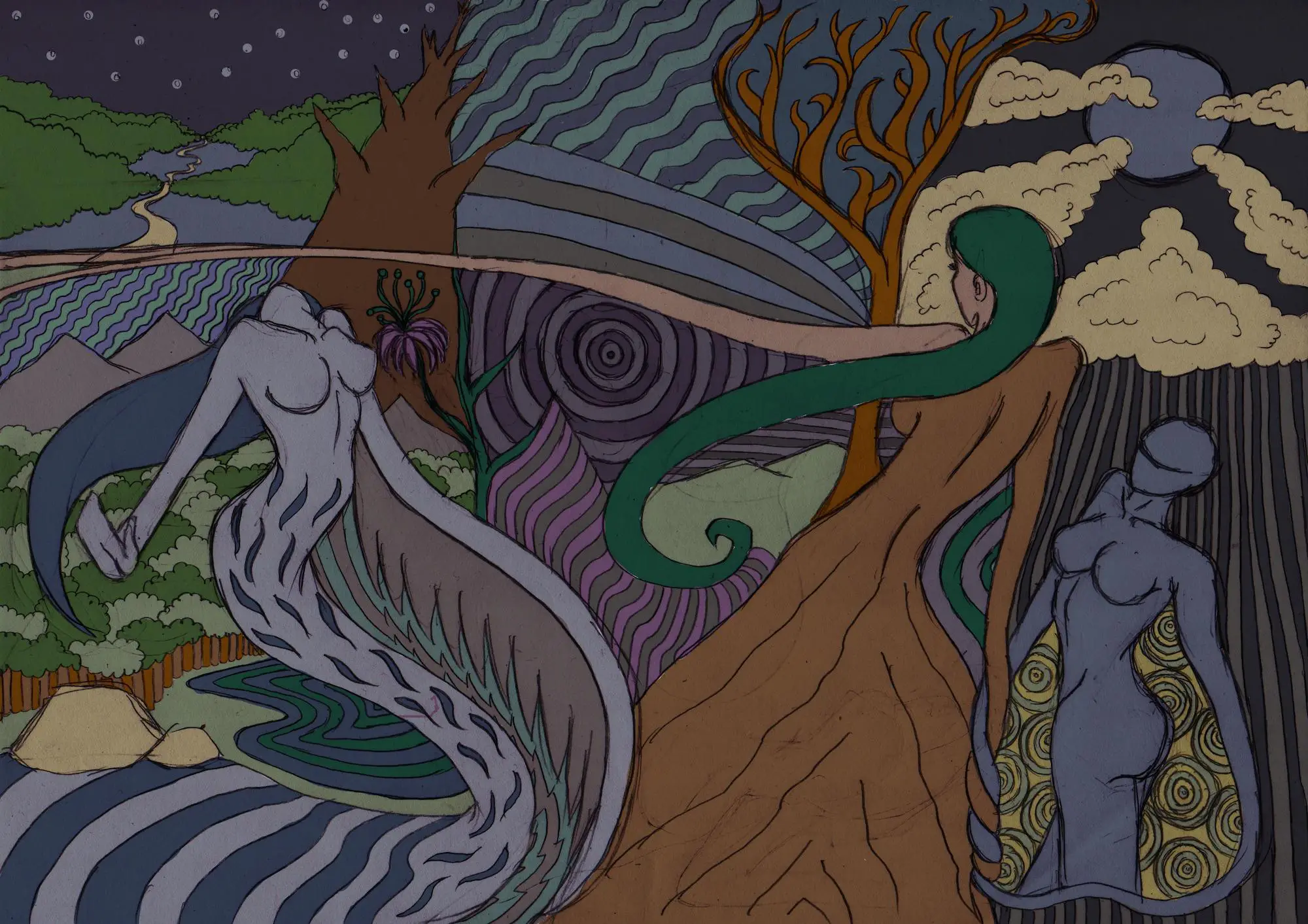Ritual forms are an inseparable part of life in all known human societies. A special type of ritual are holiday celebrations. These events reveal a lot about the value and belief systems of a community.
We all have at least one routine, habit, or small ritual that we practice daily. Walking your dog or drinking your morning coffee are both simple ways of celebrating life.
The same goes for the collective rituals that we practice as members of a community. Since the dawn of time, people have been inventing many complex traditions in the hope of organizing time in a meaningful way, while honoring important dates.
The Slavic folk celebration of Koliada bears the positive symbolism of a new beginning and celebrates communal spirit. Families still gather to observe the festival’s customs that originated from a bygone world.
Do you tend to prioritize work and productivity forgetting to enjoy? This olden holiday is the perfect reminder that, just like nature, we also need a period for rest, rebirth, and a new beginning.
Learn more about the traditional Koleda festivities, their significance and how they look like today.
Table of Contents
What Is Koliada?
Koliada is also known as Koleda or Days of Veles. It is the first holiday of the year in all three Slavonic calendars. Festivities used to be held from December to February among all of the Slavic folks.
In Russia this festival is named “short day” or Korochun [1]. For Slavic people, winter was the time dedicated to the Black God or Chernobog and other minor deities associated with darkness and death.
Chernobog, is an old dark spirit with a devil-like form. He is mentioned in the creation myth, which puts forth the devil as one of the creators of the world.
Chernobog stood opposite Belbog or the Light God, who possessed life-giving powers. Both together stand for the dualism of Day and Night.
In later years, the Koleda winter festival was dedicated to the deity known as Veles. He was an especially respected one among pagan Slavic folk. He is known as the master of the underworld and harvests.
Veles is described as a wet, hairy and dark entity with a mystical, sneaky, and mischievous spirit [2]. According to folk tales, his superpower was the ability to transform into an animal or a woman, the latter only present in the eastern folk tales.
Veles represented the barren period of the year, symbolizing the death of nature. Opposite to him in folk stories stands Perun, the deity of thunder, symbolizing the rebirth of nature.
Pagan people believed that Veles and Perun were constantly fighting for dominance and this war explained the changing of seasons.
In some regions, Koliada represents an entirely different deity. Some of the other deities associated with it are Dazhbog or the one who brings up a new dawn every morning. Some regions in Russia had Kolyada, the deity of wintertime.
The Koliada Ritual
In the past, Koliada was celebrated in the form of a performative ritual akin to a carnival. This January carnival practice represented the fight between the positive and negative forces, light vs. dark and day vs. night.
Large, dancing processions took place as an expression of great joy in the face of the upcoming daylight intervals. Singing was an important element too. All of this shows that the custom of caroling was known long before Christianity.
Women weren’t allowed to participate in the folk religious ritual, while men would divide into two groups. One group was traditionally dressed in white and the other one in black clothing.
A central figure in the group symbolized either Veles or Perun. People wore special masks made from animal skin and horns. It was a common custom for the groups to travel from one door to another carrying burning logs.
The purpose of these practices was to chase away old, evil spirits from the house, before the beginning of the new yearly cycle. The masked carolers recited sacred songs, played music, and performed special dances.
At this time, hosts would give gifts, such as food and logs, to the paraders. The gifts should ensure a fruitful harvest in the new year.
The main event centered on a simulated fight between the two masked groups. In the end, the good, white carolers always emerged victorious.
Over time, the celebration changed its form and meaning. However, some of the key elements like the fire, gifts, and costumes are preserved.
The Meaning Behind Koleda
Koliada and all the central elements that accompany the celebration aim to honor both positive (light) and negative (dark) powers. However, this is mainly a time that heralds a new beginning.
Koliada marks one period complete just as the new season begins. This is a time for jollification, good wishes, and positivity. In the past, those who celebrate Koliada find it important to be with their loved ones during this holiday.
The festivity was also strongly associated with the memory of the deceased ancestors. Families left an additional plate at the table meant for the deceased.
It was widely believed that animals during this time spoke with a human voice, which represented the voice of the ancestors.
Celebrating Koliada should also help the community to cast out bad spirits and create space for hopefully better periods. This is also a time that reminds people on an individual level to let go and leave behind everything bad that has happened.
Feel invited to learn from the pagan folks and incorporate some of the Koliada rituals into your way of life. It’s always a good idea to share some of your time, a meal and meaningful presents with your loved ones.
Learn from the Slavic folk wisdom and seize every opportunity to sing, dance, and celebrate life.
Koliada Carols
Preparations for the day include learning the special Koliada songs, known as Kolyadki. In the past, the kolyadki explained ideas, natural phenomenons and structures. As the content of kolyadki started taking elements from Christianity, the songs became more religious.
There are several famous songs dedicated to Saint Mykolay in Ukraine. A popular one goes “Ой, хто, хто Миколая любить” in Russian, or “Who Loves Saint Nicholas” in English. Serbians and Montenegrins sing kolyadki even in church.
Today, the children who sing Kolyadki also play instruments and dance. The meaning of the traditional Kolieda songs remains the same.
Their lyrics consist of incantations dedicated to chasing the old spirits away and wishes for a carefree, joyful, and bright time ahead.
Koleda Bonfires
Outside the family circle, Koliada is celebrated with a tradition as old as time itself. Lighting a communal bonfire is the one custom present in the traditions of all Slavic people.
Some communities still practice these types of collective gatherings on the longest night of the year. According to folk beliefs, fire helps nature, pass from darkness to light.
Neighbors gather to collect and cut logs to later use for lighting a big fire. The bonfire has to last the whole night. It’s lit when the night falls and it’s extinguished at dawn.
Warm alcoholic drinks like mulled wine or heated rakia in the Balkans aid the jolly conversations.
A special log features in the core of the Koliada bonfire known as Budnik or the Yule log in English. If the sparks produced by the Koliada log are tall and bright, the new harvest will be plentiful.
In pagan Koliada traditions, the fire also had magical properties. On this night through the fire, people could send wishes to the Gods to hopefully help them in the future.
Koliada Today
In many Slav countries, people still celebrate Koliada. The old folk pagan festivity is incorporated into the new Christmas festivities due to Christianization.
For many years the Church fought against the ancient folk customs and traditions. However, they’ve never fully disappeared. Nevertheless, a lot of pagan traditions like Koliada survived in modern eastern societies.
The celebration of Koliada usually begins on Orthodox Christmas Eve in January. Children called Koledari would gather in groups and go out dressed up in special Koliada masks and costumes.
As per the pagan tradition, the singing children walk around the neighborhood visiting family homes. They carry some light, often candles or even sparklers.
At the same time, adults prepare food to give it as gifts as soon as kids finish their song repertoire. The gift has to contain sweets, fruits, or nuts.
Apples, for instance, were believed to ensure health and beauty. Meanwhile, nuts wrapped in cloth were supposed to ensure prosperity and strength. Nowadays, money is given as well.
The custom of sharing food plays a special role in Koliada traditions. Candles, meat, and plentiful food should always be on the table for Koliada. Prayers and blessings in honor of the ancestors are recited during the meal.
Traditional Eastern European meals are prepared in honor of the festivity and shared among family members. Women bake special Koleda bread and blini, a type of Russian and Ukrainian pancakes.
Why Talk About Slavic Pagan Rituals?
Historians and folklorists believe that the Slavic pagan ritual serves as a window through which we can take a closer look into the ancient Slav culture.
Traditionally, during the festivities, people gathered in a group reciting sacred incantations, usually accompanied by music and special dances. They wore traditional clothing and homemade masks, most often representing animals.
The holidays provoked certain social behaviors, honored the change of seasons, and glorified their pagan gods. The consumption of special food, drinks, and even drugs was stimulated.
By researching the old magical or religious customs, we can also better understand Slavic paganism and the Slavic Native Faith. Beliefs, myths, and ritual practices that occurred before the establishment of Christianity all compose the old folk religion.
References
- http://lightrussian.com/russian-christmas-koliada-birthday-sun/
- https://books.google.com/books/about/Slavic_Gods.html?id=Iw6QSQAACAAJ&redir_esc=y







